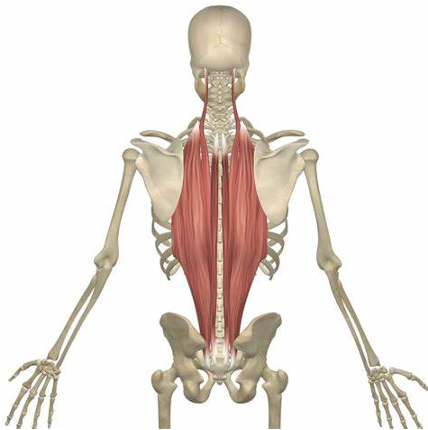
Back pain can happen for many reasons, and there is never one exact cause. Everything you do plays a role in your discomfort: how much sleep you’re getting, current stress levels, vitamin and mineral stores, previous injuries, and any co-morbidities. Looking at the spinal structures causing pain can help to narrow the sources to three distinct areas.
Lumbar Disc Pain

A lumbar disc between each vertebra in your spine aids in shock absorption. It has two parts: a firm outer portion with fibrous rings and a softer inner portion filled with a jelly-like substance. One of the common misconceptions with disc bulges is the idea of it being a “severe diagnosis.” There is fear associated with disc bulges when there should not be. A bulging disc is not a medical calamity unless it causes muscle weakness, bowel or bladder function changes, or progressive neurological symptoms. Most disc bulges will heal with the use of conservative treatment.
Common Symptoms:
Pain worse in the morning.
Pain worse after long-term sitting
Pain with bending forward and twisting
Pain radiating into the legs
Patient may be “stuck” in a certain position
Joint Pain
There are two common sets of joints in the low back that may lead to pain: the Sacroiliac Joint (SI joint) and the lumbar facet joints.
The SI Joint is one of the largest joints in the human body and helps transfer energy from the lower extremities to the spine. Pain in this area rarely goes above the two “bumps or dimples” that you may notice at the lowest portion of your low back. SI joint pain may occur for various reasons such as arthritis, pregnancy, playing sports, or a fall.

Common Symptoms:
Pain on either the left or right side. Very rarely is the pain felt in the middle of the back.
Pain is worse when going from sitting to standing position.
There is typically no “stuck” position noted compared to the disc bulge.

Joints in each vertebra are known as “lumbar facets,” and pain in this area may feel like the type of pain in the SI joint, but there are some differences. The pain is usually higher than the SI joint, closer to the low back, and is in the middle of the spine compared to the on the sides noted with the SI joint.
Common Symptoms:
No pain is experienced when moving from a sitting to a standing position.
Pain when bending backward and twisting.
Pain is best when the patient is sitting.
Myofascial Pain
Myofascial pain describes either a strain of the muscles or trigger points (muscle knots) located within the muscle belly. The two most common muscles to injure are the erector spinae and the quadratus lumborum (also known as the QL). The erector spinae comprises three muscles that combine to form the thick muscles on either side of the spine. The quadratus lumborum is a muscle located on either side of the back. It connects the spine to the top of the hip. Injuries to these muscles usually occur after heavy lifting, sports or can develop if an injury does not heal correctly. This type of pain can also occur simultaneously with the other diagnoses listed above as the body’s way to help stabilize these structures.
Common Symptoms:
Pain during active movements such as twisting or bending backward.
Taut bands within a muscle that cause pain when pressed on.
Difficulty maintaining normal posture.
No pain in the legs.
References:
About the Author:
Comprehensive Chiropractic & Sports Performance is your Complete Wellness Center. St. Louis turns to us for chronic pain relief, injury rehabilitation, and treatment for many other conditions. We believe that our health is our greatest asset. Any effort we make towards taking care of ourselves is valuable and necessary.






Comments